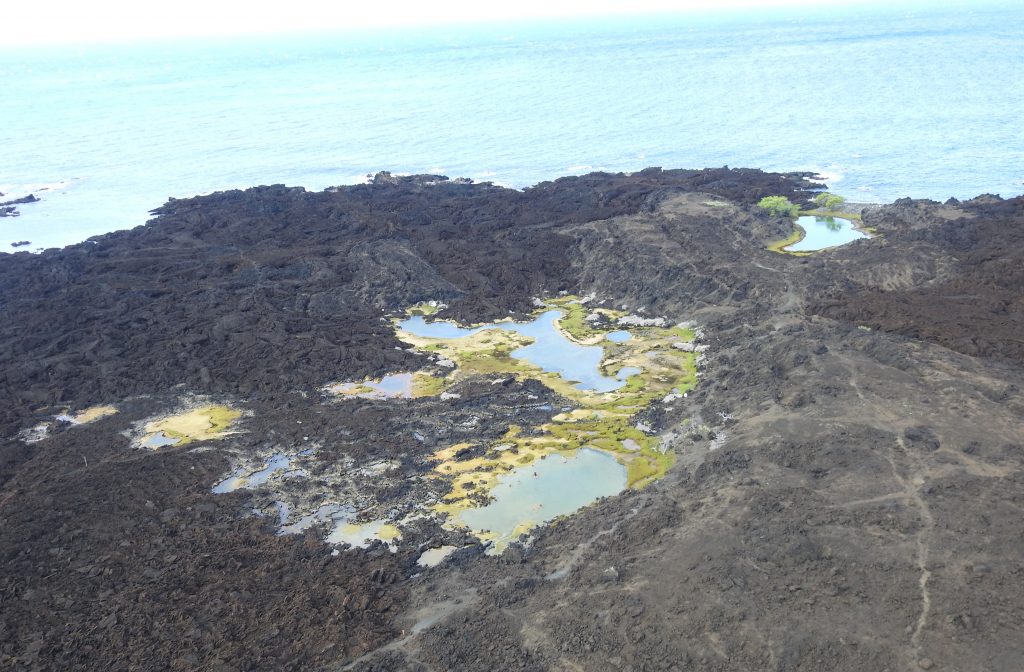Ahihi Kinau, officially known as ‘Āhihi-Kīna‘u Natural Area Reserve, is one of Maui’s most treasured snorkeling spots. Tucked along the island’s rugged southwestern coast, this protected marine ecosystem invites travelers to experience Hawaiʻi’s underwater wonders in a setting largely untouched by development.
If you’re looking for crystalline waters, vibrant coral reefs, and a chance to swim alongside Hawaiian green sea turtles, this natural area reserve should top your Maui itinerary.
It is managed by Hawaii’s Division of Forestry and Wildlife to preserve its natural and cultural resources. No fishing is allowed, and parts of it are restricted to protect the fragile environment. If you’re curious about something specific—like snorkeling tips, directions, or its history – let me know!

Why Snorkel at Ahihi Kinau?
Ahihi Kinau offers a snorkeling experience unlike any other, thanks to its strict conservation measures and richly diverse ecosystem. As a designated Natural Area Reserve, it boasts some of the healthiest coral reefs on Maui. In these clear, shallow waters, you can observe vivid reef formations teeming with tropical fish – ranging from the bright yellow tangs to Hawaiʻi’s iconic humuhumunukunukuāpuaʻa. Sightings of Hawaii’s majestic green sea turtles are also common, as they often glide through the calm bays in search of food.
Lava rock formations along the coastline help shield Ahihi Kinau from strong swells, creating gentler snorkeling conditions ideal for both beginners and seasoned adventurers. This sheltered environment lets you spend less time battling currents and more time soaking in the vibrant marine life beneath the surface.
Just as important as the snorkeling itself is the reserve’s commitment to eco-friendly travel. Signs posted throughout Ahihi Kinau remind visitors to refrain from touching or taking anything—fish, shells, or coral—ensuring the ecosystem remains pristine for future generations. By choosing Ahihi Kinau for your snorkeling adventure and following “leave no trace” principles, you’ll become part of a growing community dedicated to responsible, sustainable tourism. With its unmatched marine life, calm waters, and spirit of conservation, Ahihi Kinau remains one of Maui’s most rewarding destinations for nature enthusiasts.
Plan your visit
Arriving early is key to securing a parking spot and enjoying calmer waters before midday winds and crowds roll in. Pack wisely: bring reef-safe sunscreen, snorkel gear, drinking water, and snacks. Be aware that there are no restrooms or showers onsite. Keep an eye on posted signs, as certain areas may be temporarily closed to allow coral regeneration or protect fish spawning grounds.
By planning ahead, you’ll reduce stress, fully appreciate the reserve’s pristine environment, and support ongoing conservation efforts that keep Ahihi-Kinau so special.
Best time to visit Ahini Kinau
Maui’s weather is mild year-round, but the early morning hours often provide the calmest waters and clearest visibility. This is also when you’re more likely to witness active marine life going about its day.
Many visitors find the summer season ideal for snorkeling, when ocean conditions tend to be gentler, making it easier to explore the vibrant coral reefs. While every season has its appeal, timing your visit for these calmer periods can maximize your enjoyment—and your odds of spotting a sea turtle up close.
Location
Ahihi Kinau is situated roughly five miles south of Kihei and about one mile past Makena Beach (Big Beach) along Makena Alanui Road. This drive takes around 30 minutes from Kihei or Wailea, leading you through rugged lava fields and offering glimpses of the turquoise shoreline.
Look for the sign that reads “AHIHI-KINA’U NATURAL AREA RESERVE” -that’s your cue to turn into the small gravel parking area. Keep in mind there are no restrooms, showers, or other facilities here. The wild beauty is part of the appeal, but it also means you’ll need to bring all essentials with you.
Parking and Fees
Parking at Ahihi Kinau is extremely limited, so arriving early is your best bet. The small gravel lot sits just beyond the last residential homes along Makena Alanui Road. To protect the reserve, parking outside designated areas is strictly prohibited; vehicles parked on the shoulder risk ticketing or towing.
Since October 1, 2020, a $5 per vehicle fee applies to non-Hawaii residents. You can pay by credit or debit card at one of the onsite machines, which will print a receipt to be displayed on your dashboard. Hawaii residents are exempt but must still obtain and display a daily pass from the same machines.
These fees directly support upkeep and conservation projects—vital for preserving area’s delicate coral reefs, archaeological sites, and diverse marine life. Although there are no security guards, break-ins can happen in remote parking areas, so take your valuables with you. For a hassle-free visit, arrive early, follow posted rules, and respect the reserve’s conservation ethos
Nearby Attractions
If you’re already in the Makena area to snorkel at Ahihi Kinau, consider visiting a few other scenic spots along Maui’s southwest coast. Just one mile back along Makena Alanui Road lies Makena Beach, known locally as Big Beach, where you’ll find long stretches of golden sand perfect for sunbathing and bodysurfing. For a quieter alternative, Little Beach is tucked over a small lava outcrop at the north end, though it can be more challenging to reach.
Farther down the road is La Perouse Bay, another volcanic coastline dotted with old lava flows. The landscape here is dramatic, with black rock fields contrasting sharply against turquoise waters. Although less ideal for snorkeling than Ahihi-Kinau due to stronger currents, La Perouse offers scenic coastal hikes and a chance to spot dolphins on calm mornings.
If you’re staying in Kihei or Wailea, you’ll find plenty of shops, restaurants, and beachfront resorts on your way back from Ahihi-Kinau. Whether you want to indulge in local cuisine, pick up snorkel supplies, or grab some shave ice after a day in the sun, these bustling areas offer all the amenities you won’t find at the reserve.